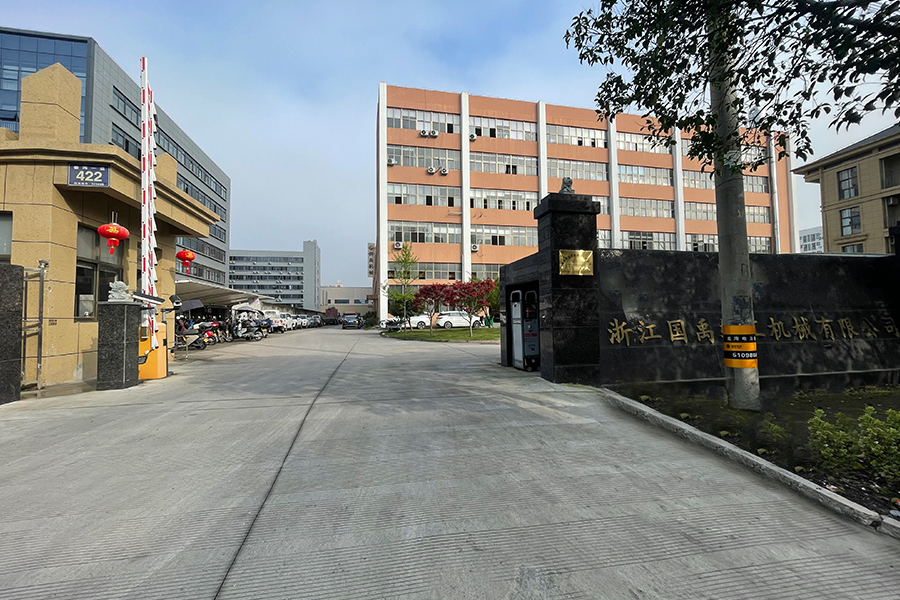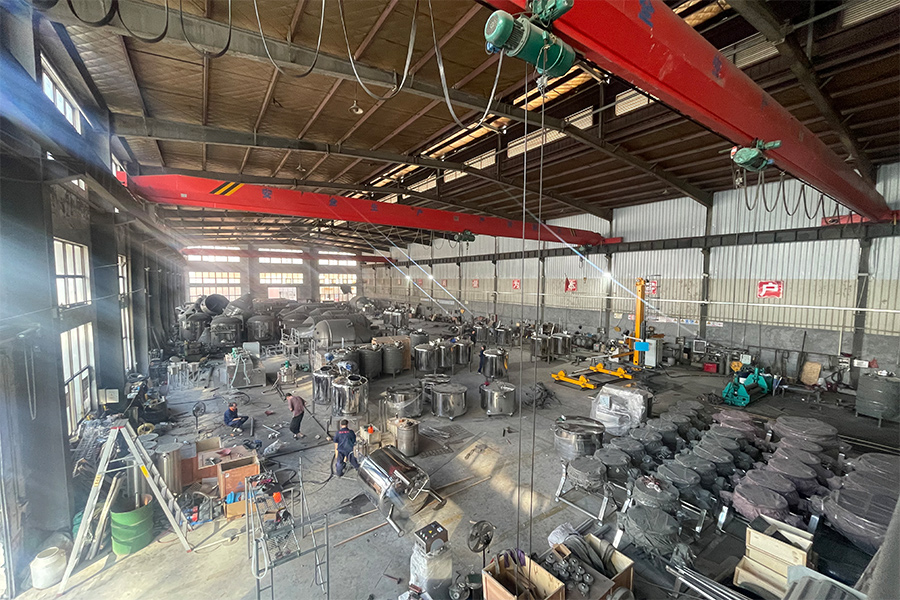-
 [email protected]
[email protected]
-
 +86-13706666922
+86-13706666922

Above ground fire protection storage tanks are specialized containers designed to store water or fire suppression agents for use in fire safety systems. These tanks play a vital role in providing a reliable water supply or chemical agents to fire sprinklers, hydrants, and other firefighting equipment. Their above ground installation allows for easy access, inspection, and maintenance, making them a practical solution for many commercial, industrial, and residential fire protection systems.
Above ground fire protection storage tanks are typically constructed from materials such as steel, fiberglass, or reinforced plastics. Steel tanks are common due to their strength and durability, while fiberglass and plastic options offer resistance to corrosion and lighter weight. The choice of material depends on factors including the installation environment, required capacity, and budget.
The tanks are designed to hold large volumes of water or fire retardant chemicals. They often feature a cylindrical or rectangular shape and come in various sizes, ranging from small units suitable for individual buildings to large capacity tanks for industrial facilities.
To ensure structural integrity, these tanks are engineered to withstand external environmental conditions such as wind, seismic activity, and temperature variations. The design also includes fittings such as inlet and outlet pipes, vents, overflow connections, and access hatches for inspection and cleaning.
Features:
Accessibility: Being above ground, these tanks are easy to inspect, clean, and maintain compared to underground alternatives. Quick access is critical in emergencies to ensure the tank is functioning properly.
Corrosion Resistance: Tanks may be coated with protective layers or made from corrosion-resistant materials to extend their service life, especially when exposed to weather elements.
Capacity Variety: Fire protection tanks come in a range of capacities, typically from a few thousand gallons to tens of thousands, depending on the fire protection requirements of the site.
Integration with Fire Systems: These tanks are designed to integrate seamlessly with fire pumps, sprinkler systems, and hydrants. Proper connection ensures consistent water flow and pressure during fire emergencies.
Safety Features: Many tanks are equipped with overflow alarms, level indicators, and protective barriers to prevent damage from impact or vandalism.
Above ground fire protection storage tanks are widely used in various sectors, including:
Commercial Buildings: Office complexes, shopping centers, and hotels rely on these tanks to meet fire safety codes and provide adequate water supply for firefighting systems.
Industrial Facilities: Manufacturing plants, warehouses, and refineries use large capacity tanks to ensure fire suppression agents are readily available for high-risk areas.
Residential Communities: Large housing developments and apartment complexes may install above ground tanks to supplement municipal water supply for fire protection.
Agricultural Sites: Farms and processing plants use these tanks to protect buildings and equipment from fire hazards, especially in remote locations where municipal water access is limited.
Regular maintenance is necessary to keep the tank and its components in good working order. This includes:
Inspecting for leaks, corrosion, or damage to the tank body and fittings.
Testing level sensors and alarms.
Cleaning the interior to prevent sediment buildup that can affect water quality.
Verifying the operation of valves and connections to fire suppression systems.
Proper maintenance extends the life of the tank and ensures reliable operation during fire emergencies.
Above ground fire protection storage tanks are essential for maintaining an effective fire safety system. Their durable construction, ease of access, and compatibility with various fire suppression equipment make them a preferred choice in many applications.







